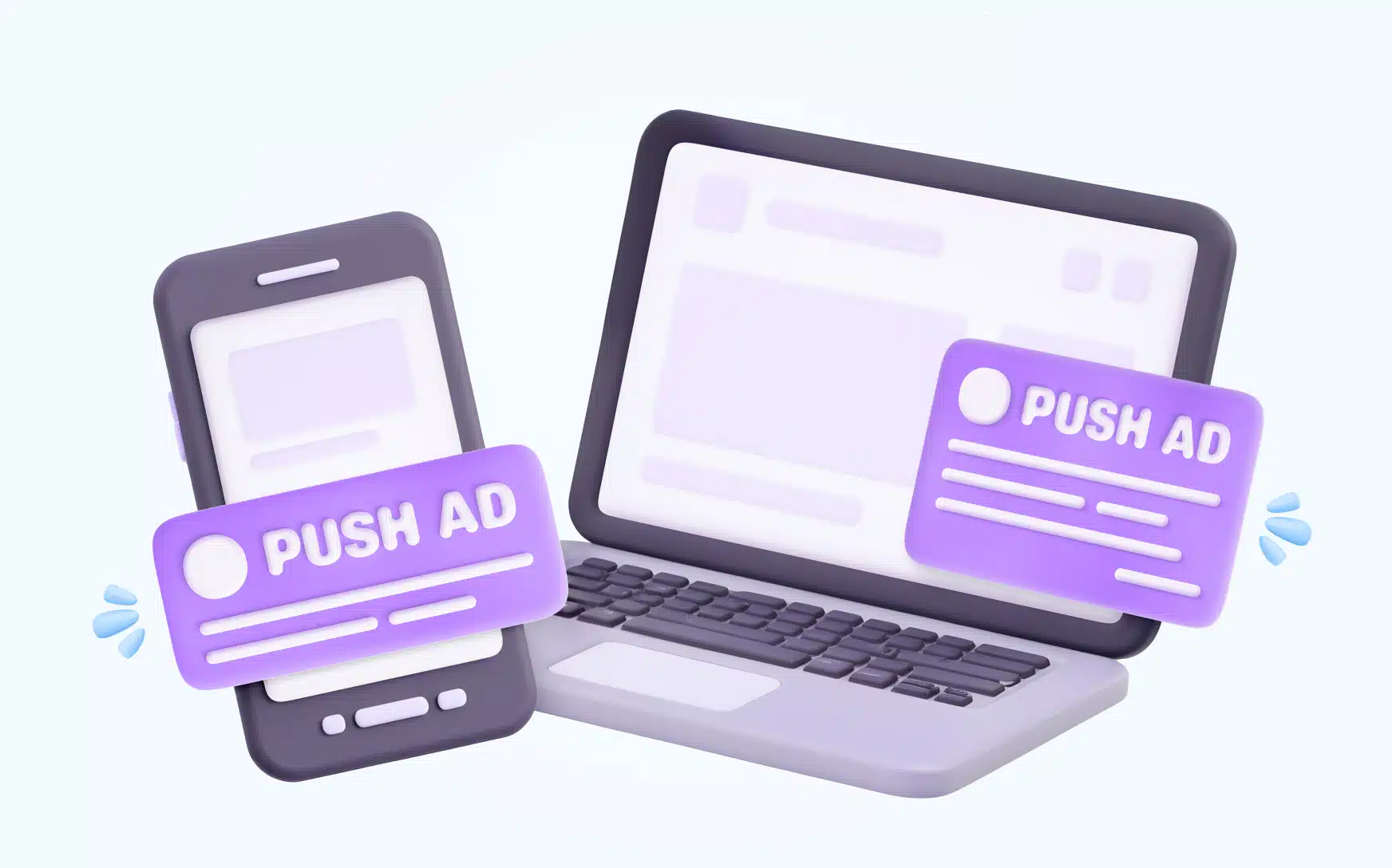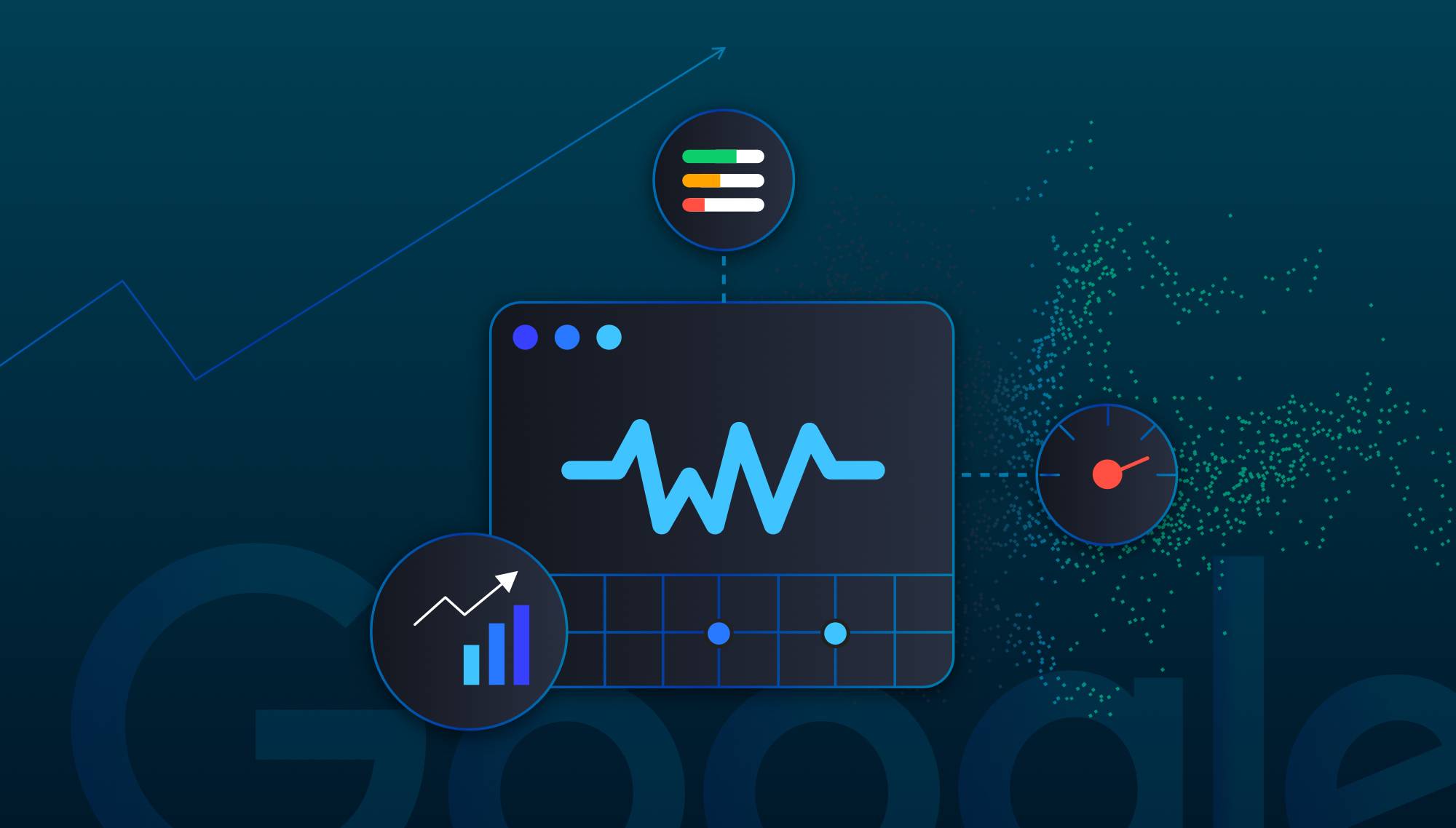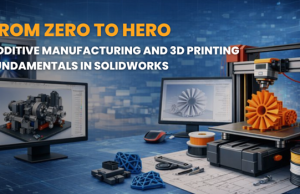With a wide range of technologies for different user experiences and business goals, digital advertising has undergone substantial evolution. Push and pop-up advertisements are two of the most common forms in performance marketing today. The goal of both is to increase conversions, such clicks, enquiries, sign-ups, or sales. A more recent addition to the digital marketing landscape, push ad show up on an individual’s gadget as little alerts even when they are not actively viewing a particular website. They have great exposure and interaction potential and are sent to people who have consented to receive alerts. Compared to standard formats, push advertising offers a better integrated user experience by blending in with the system surroundings without being noticeable.
Pop-up advertisements are a common type of internet advertising that show up as overlays or new browser windows when a user interacts with them. They seek to draw people in and point them in the direction of a particular call to action. Push ads examples often include these types of pop-ups that effectively grab user attention. Pop-ups are still frequently employed because of their powerful effects in some situations, even though they have been criticised for interfering with surfing experiences. User behaviour and device context affect how well push and pop-up advertising work. Larger displays give pop-ups more space to shine since their visual components may be less intrusive and more powerful. In this setting, exit-intent technology works especially well.
Push advertising has grown in popularity in 2025 across a number of businesses, such as subscription-based fitness applications, gaming apps, and food delivery services. In order to increase click-through rates and personalise advertisements, food delivery businesses employ geo-fencing technologies to send alerts when customers are close to well-known restaurants or during busy meal times. The cost as well as the return on investment (ROI) of pop-up advertisements and push notifications ads networks are different. Push ad networks provide low advertising prices and high engagement rates by charging on the cost of a or cost-per-impression basis. Marketers may optimise conversion rates while preserving a satisfying customer experience by being aware of their distinct benefits.









